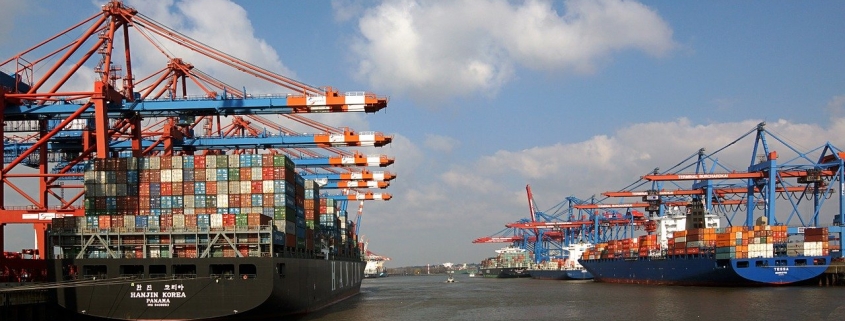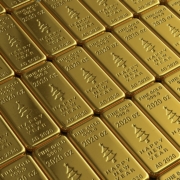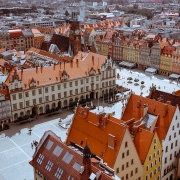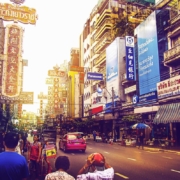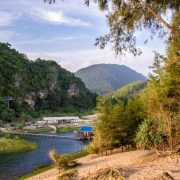What is World Trade Organization and its function?
Topic of Study [For H2 History Students]:
Paper 1: Understanding the Global Economy (1945-2000)
Section B: Essay Writing
Theme II Chapters 1: Reasons for growth of the global economy & Problems of economic liberalisation
What is the World Trade Organization (WTO)?
The WTO is an inter-governmental organization that formalized international trade. Under the Marrakesh Agreement, the organization was formed on 1 January 1995, replacing the multilateral framework known as the General Agreement on Tariffs and Trade (GATT).
A Prelude to WTO: Trade Rounds under GATT
Before the WTO was established, GATT provided the essential guidelines on international trade from 1948 to 1994. During the Bretton Woods Conference, an International Trade Organization (ITO) was supposed to be formed alongside two other pillars (World Bank and the International Monetary Fund). Yet, the US Congress refused to ratify the Havana Charter. As such, the concept of an ITO was not realized.
Even so, GATT had played its part in promoting multilateral discussions. In the post-war years, GATT contributed to tariff reductions of nearly 8 percent on average till the 1960s.
1. Kennedy Round (1964-1967)
During the Kennedy Round, an Anti-Dumping Agreement was passed. ‘Dumping’ refers to an unfair trade practice in which a firm sell its exports at a price below the price set in the domestic market. The Act was recognized as a success, especially for developing nations.
Recognizing that anti-dumping practices should not constitute an unjustifiable impediment to international trade and that anti-dumping duties may be applied against dumping only if such dumping causes or threatens material injury to an established industry or materially retards the establishment of an industry;
Considering that it is desirable to provide for equitable and open procedures as the basis for a full examination of dumping cases;
An excerpt from the Kennedy Round.
2. Tokyo Round (1973-1979)
In the 1970s, the Tokyo Round was held with the intention to manage the imposition of non-tariff barriers (NTBs). Although participating countries managed to agree on the reduction of tariffs on industrial goods, they were unable to accept the use of plurilateral agreements (they are trade agreements between more than two countries).
The Tokyo Round also led to the adoption of a range of specific new disciplines. These included the legalization of preferential tariff and nontariff treatment in favour of developing countries and among developing countries.
Codes were negotiated on subsidies and countervailing measures, technical barriers to trade (product standards), government procurement, customs valuation, import licensing, antidumping (a revision of a Kennedy Round code), bovine meat, dairy products and civil aircraft…
By negotiating a code, like-minded countries were able to agree to new, legally binding commitments, without having all GATT contracting parties on board.
An excerpt from “The Political Economy of the World Trading System” by Bernard M. Hoekman, Michel M. Kostecki
3. Uruguay Round (1986-1994)
The eighth and final round lasted nearly seven and a half years. In the wake of the twin oil shocks of the 1970s, the Uruguay Round was held as the largest multilateral trade negotiation. The main purpose of the round was to reduce agricultural subsidies, introduce the protection of intellectual property and liberalise trade services in the banking sector. It was a tricky issue due to the sensitivity of the agricultural and textile sectors that affected many developing countries. Furthermore, the round dragged on due to the lack of consensus between the USA and European Union (EU) [also known as the “European Community”, EC] over the reforms to agricultural trade.
For much of the Round the USA and the EC held their own mini-round and their mutual intransigence, especially over agriculture and specifically a long-running dispute over oil seeds, stalled the Uruguay Round for some time. Completion of the Round was in the end facilitated by the so-called Blair House (Washington) accords…
Negotiations on agriculture were among the most contentious of the Round, the final Agreement on Agriculture seeking reforms for a ‘fair and market-oriented agricultural trading system’, but with special consideration for poorer countries and for non-trade concerns such as food security, environmental protection or schemes for diversification from narcotic crops and the like.
An excerpt from “The Free Trade Adventure: The WTO, the Uruguay Round and Globalism–a Critique” by Graham Dunkley.
The WTO
As the Uruguay Round concluded in December 1993, the Marrakesh Agreement was signed on 15 April 1994 by 123 participating nations. Officially, the WTO was formed eight months later, ushering a new era for international trade. The WTO replaced GATT as the institutional framework for trade.
1. The WTO shall facilitate the implementation, administration and operation, and further the objectives, of this Agreement and of the Multilateral Trade Agreements, and shall also provide the framework for the implementation, administration and operation of the Plurilateral Trade Agreements.
2. The WTO shall provide the forum for negotiations among its Members concerning their multilateral trade relations in matters dealt with under the agreements in the Annexes to this Agreement. The WTO may also provide a forum for further negotiations among its Members concerning their multilateral trade relations, and a framework for the implementation of the results of such negotiations, as may be decided by the Ministerial Conference.
An excerpt from the Marrakesh Agreement – Article 3 “Functions of the WTO”, 15 April 1994.
What can we learn from this article?
Consider the following question:
– How far do you agree that trade liberalization was beneficial to the global economy from 1945 to 2000?
Join our JC History Tuition and find out more about the Bretton Woods System and other areas relating to the global economy. The H2 and H1 History Tuition feature online discussion and writing practices to enhance your knowledge application skills. Get useful study notes and clarify your doubts on the subject with the tutor. You can also follow our Telegram Channel to get useful updates.
We have other JC tuition classes, such as JC Math Tuition and JC Chemistry Tuition. For Secondary Tuition, we provide Secondary English Tuition, Secondary Math tuition, Secondary Chemistry Tuition, Social Studies Tuition, Geography, History Tuition and Secondary Economics Tuition. For Primary Tuition, we have Primary English, Math and Science Tuition. Call 9658 5789 to find out more.

